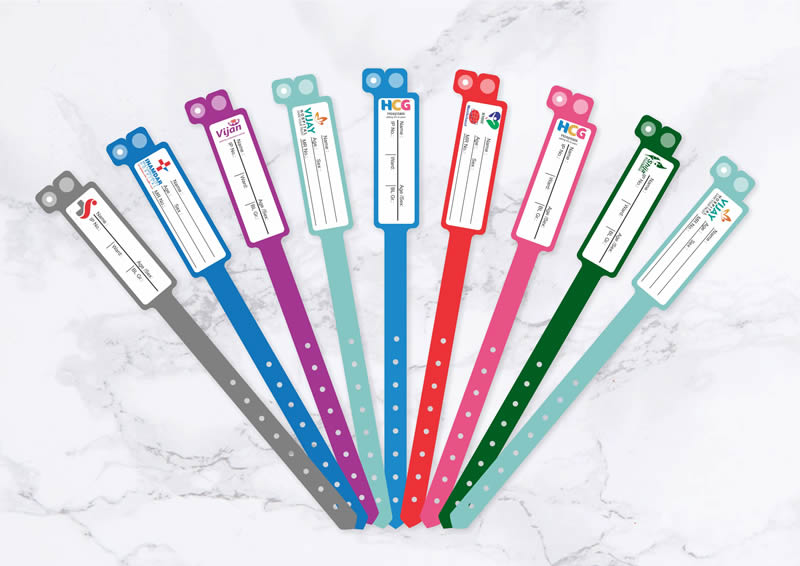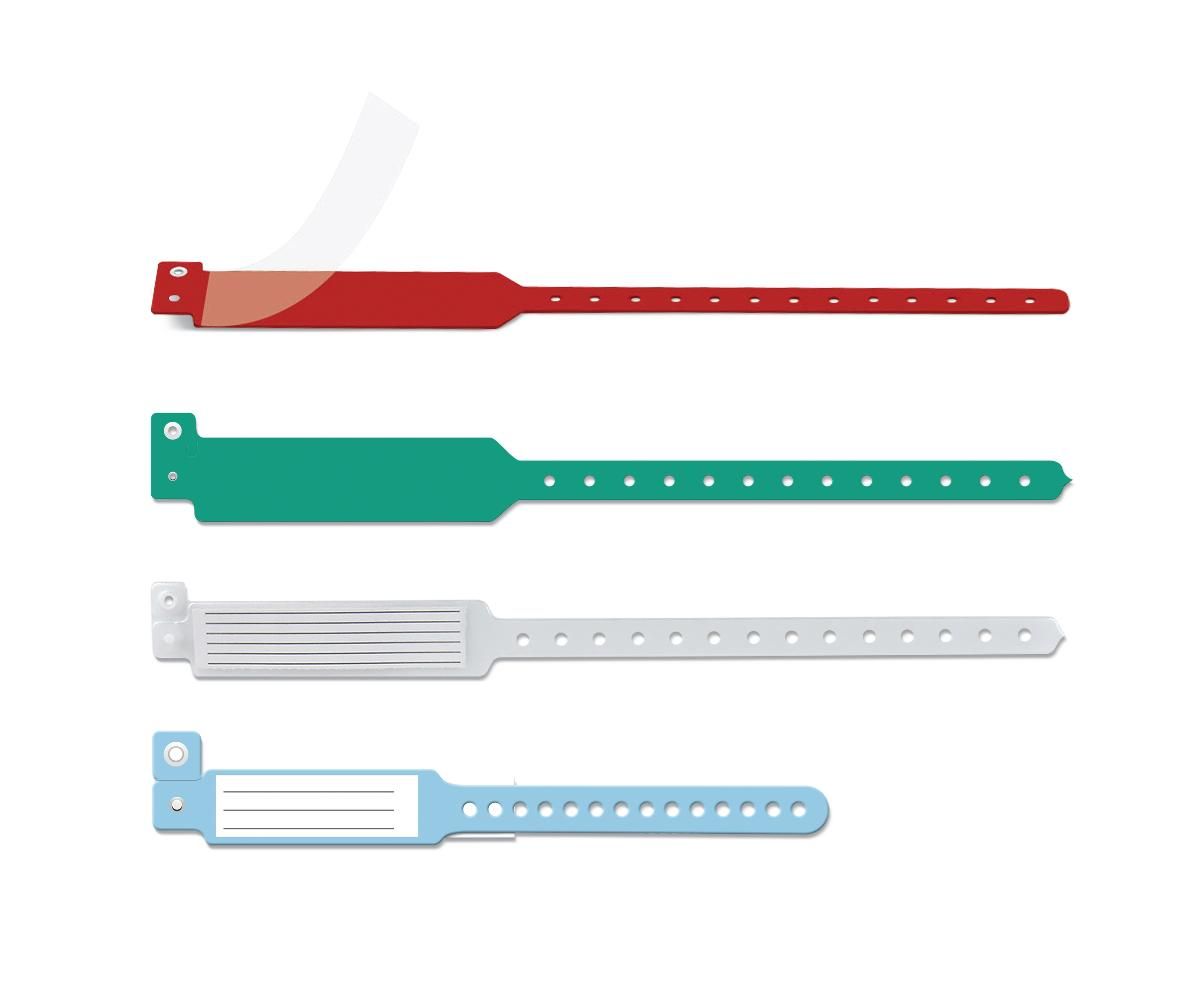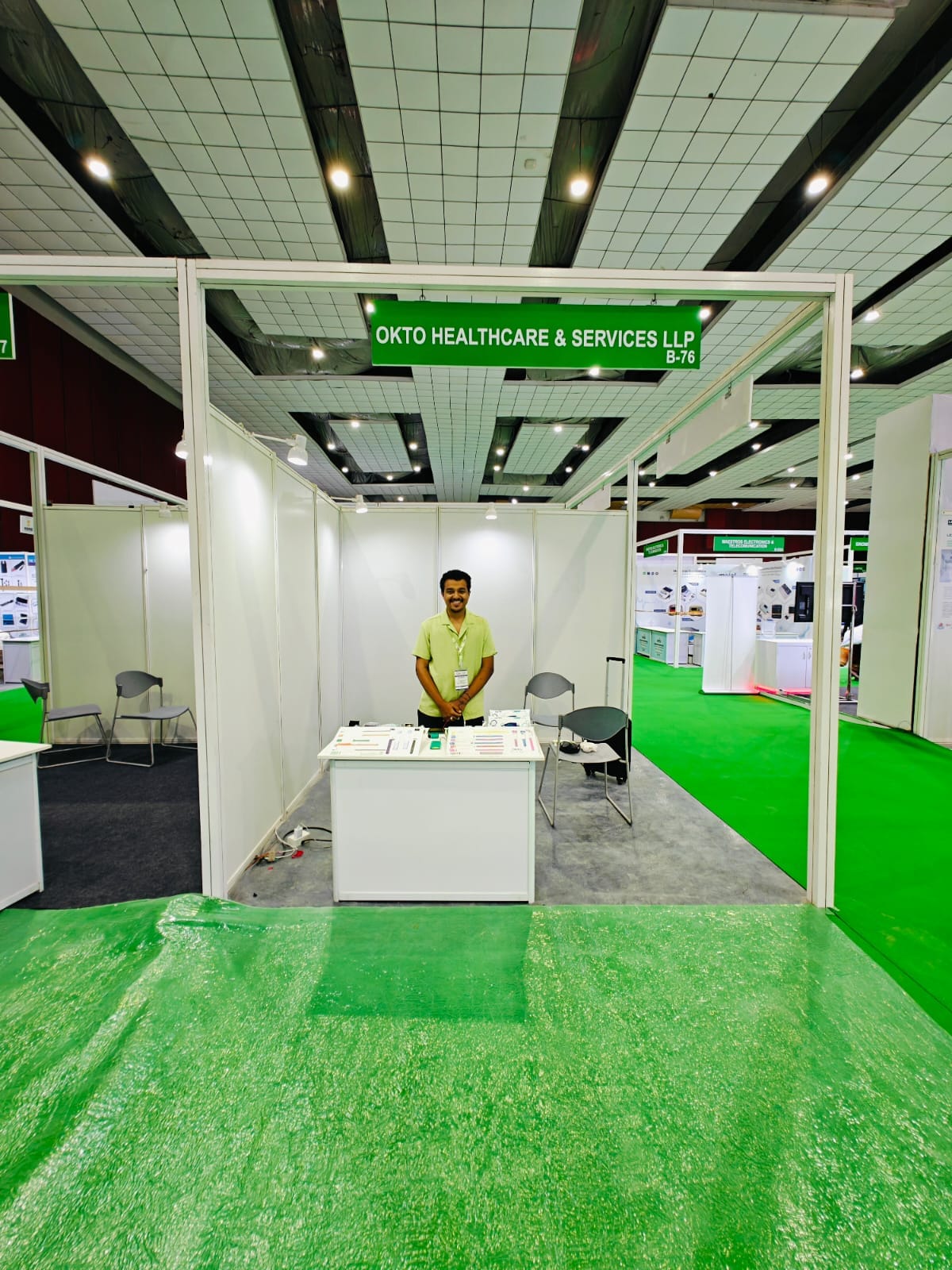Streamlining Patient Treatment With Reliable Identification Bands
The application of efficient recognition bands is a crucial aspect in improving individual treatment within medical care settings. As the landscape of patient identification evolves, one should think about the ramifications of these systems on total medical care shipment and individual outcomes.
Importance of Person Identification
Guaranteeing accurate patient identification is essential in medical care setups, as it directly affects the security and high quality of care provided. Misidentification can result in severe mistakes, including administering the wrong medication, carrying out incorrect treatments, or miscommunicating vital person details. Such mistakes not just threaten individual security but can likewise lead to legal implications and reduced rely on health care systems.
Efficient patient recognition is essential to establishing a secure setting where people get proper and customized care. It promotes the exact paperwork of clinical histories, allergic reactions, and treatment strategies, ensuring that medical care suppliers have accessibility to vital information in all times. Furthermore, durable identification methods help streamline interaction amongst medical personnel, improving collaboration and lowering the risk of errors.

Types of Identification Bands
Recognition bands play an important role in maintaining exact person documents and boosting security within healthcare environments. Different types of recognition bands are made use of to satisfy the certain requirements and requirements of different individual populaces.

An additional kind is the ankle joint band, which is specifically helpful for infants and infants, guaranteeing that recognition continues to be undamaged even during treatment treatments. Specialty bands, such as those for allergic reaction notifies or fall risk signs, offer extra layers of safety and security by drawing prompt attention to crucial client problems.
Just recently, electronic identification bands have gained appeal, integrating barcodes or RFID technology that can be checked to swiftly get patient data. These bands streamline operations and minimize the danger of human error throughout patient identification procedures.
Advantages of Effective Recognition
Effective recognition of patients through using identification bands contributes dramatically to overall patient safety and security and care quality. By making sure that each patient is accurately identified, doctor can effectively match clinical therapies and procedures to the appropriate person, reducing the danger of errors. This is specifically crucial in settings with high client turn over, where the possibility for misidentification is higher.
Additionally, reliable identification bands boost communication among medical care groups. Clear and exact person recognition fosters collaboration and makes sure that all staff member understand an individual's certain needs and clinical history. This interaction is essential for supplying worked with care, especially in emergency situation circumstances where time is important.

Eventually, effective recognition via making use of recognition bands not only safeguards clients however additionally promotes a culture of safety and security within medical care facilities (Patient Identification Band). By prioritizing exact recognition, health care organizations can enhance end results and improve the overall patient experience
Implementing Recognition Equipments
While the value of client identification is well identified, the application of robust recognition systems presents a complex obstacle for medical care companies. Establishing effective recognition systems requires a thorough strategy, including modern technology, personnel training, and procedure assimilation.
First, Your Domain Name companies need to select ideal identification technologies, such as barcode scanning, RFID, or biometric systems. Patient Identification Band. These innovations ought to be assessed based on expense, usability, and compatibility with existing facilities. A pilot program can aid determine prospective concerns before full-blown execution
Following, extensive training for staff is necessary. All employees must comprehend the significance of precise patient recognition and excel in making use of the selected innovations. Regular training updates and analyses can reinforce finest techniques and guarantee ongoing conformity.
Additionally, medical care organizations must create standard procedures for person identification throughout all divisions, decreasing discrepancies and improving communication. Routine audits can help determine voids in adherence to these methods.

Inevitably, an effective application of identification systems not only boosts person safety however additionally cultivates a society of responsibility and persistance within health care settings, ensuring consistent and trustworthy person treatment.
Future Trends in Individual Identification
Advancements in technology are established to reinvent client identification methods in health care setups. The combination of biometric identification approaches, such as fingerprinting and facial acknowledgment, is anticipated to enhance precision and directory safety. These modern technologies can dramatically minimize the risk of misidentification, making certain that clients receive the appropriate therapies and drugs.
In addition, the application of blockchain modern technology for individual records is getting traction. This decentralized technique can offer a secure and tamper-proof approach for handling person identities, therefore improving access to essential info throughout different health care carriers.
Another fad is the raising use of mobile wellness applications that leverage QR codes for client recognition. These applications allow for real-time updates and simple accessibility to person data, equipping medical care professionals to make educated choices swiftly.
Furthermore, expert system (AI) is poised to play a vital function in assessing patient recognition data, determining patterns, and forecasting potential identification errors before they occur.
As these innovations develop, they assure not just to boost client security yet additionally to boost the total effectiveness of medical care distribution systems. Welcoming these developments will be critical for future-proofing client care practices.
Final Thought
Finally, effective directory identification bands are necessary for improving individual security and care high quality within healthcare settings. By minimizing the risks associated with misidentification, these bands promote exact and prompt details access, inevitably boosting communication amongst doctor. The application of robust identification systems not only fosters a society of security however likewise settings healthcare institutions to adjust to future patterns in patient recognition modern technology, making sure ideal outcomes for clients in diverse medical atmospheres.
As the landscape of client recognition advances, one have to think about the implications of these systems on total health care delivery and person end results.Effective individual identification is basic to developing a protected setting where clients obtain suitable and personalized treatment. Ultimately, prioritizing effective individual recognition methods not just fosters a society of safety yet also adds to boosted client end results and overall contentment with health care solutions.
Effective identification of clients via the usage of recognition bands contributes significantly to general person security and care top quality. The implementation of robust recognition systems not just cultivates a culture of safety and security however additionally placements medical care organizations to adjust to future patterns in person recognition innovation, making certain optimum outcomes for clients in diverse professional atmospheres.